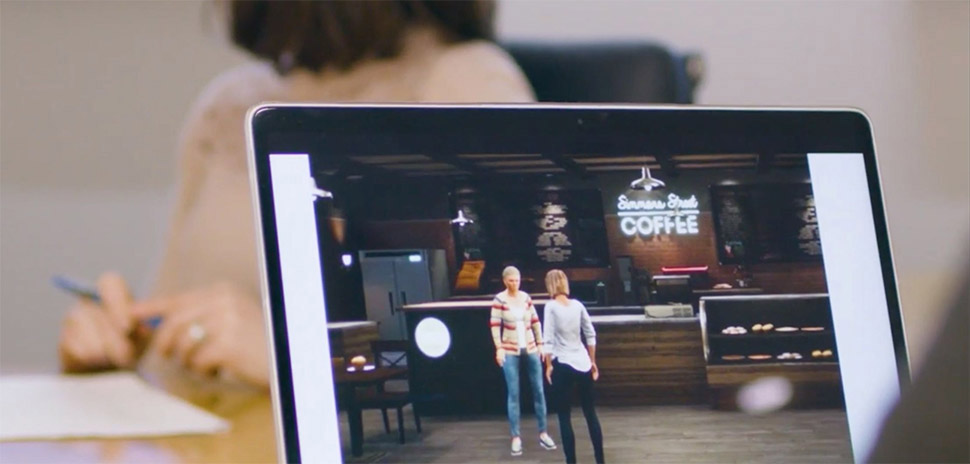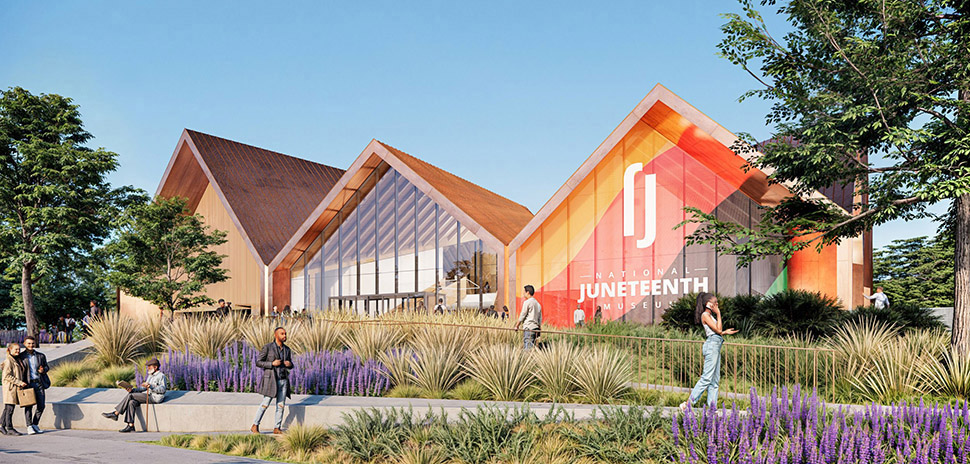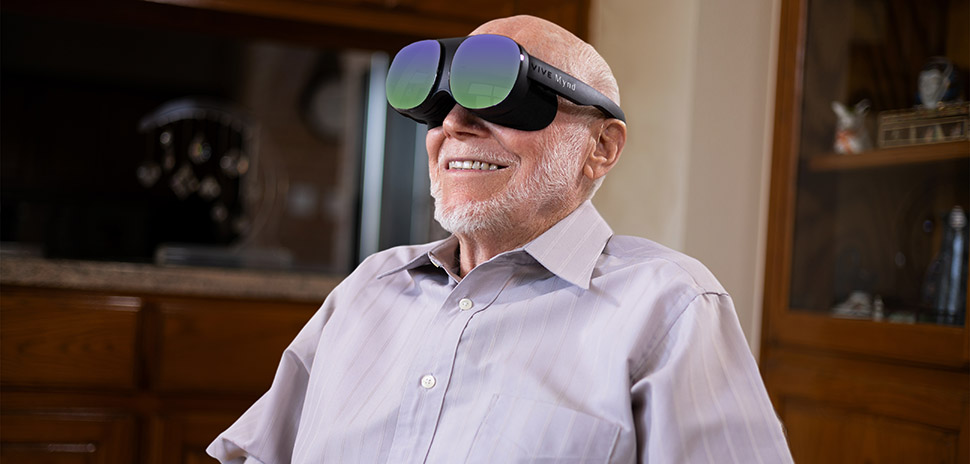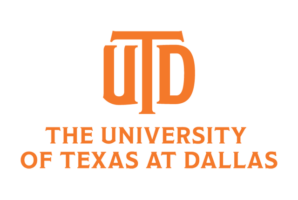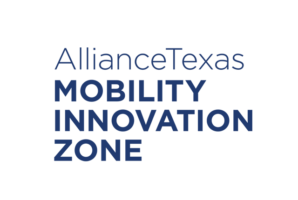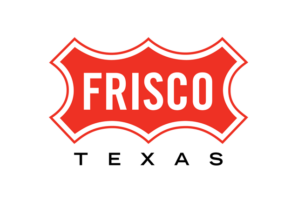UT Arlington’s Amphibian and Reptile Diversity Research Center (ARDRC) has become one of the largest publicly accessible herpetology libraries in the world, thanks to in-kind donations of tens of thousands of rare books, scientific journals, and articles, and reports over the past two years, the university announced last month.
“Thanks to 12 independent donors, including the Joseph Rex Dinardo Jr. Herpetology and Natural History Science Research Trust in Philadelphia, Dr. Jonathan Campbell, William Lamar, Drs. Jay and Rebecca Savage, and Louis Porras, we now have thousands of new materials to facilitate herpetology research at our already world-renowned research center, including books, scientific articles, reports—and literally anything you can think of that has to do with a reptile or amphibian,” Gregory Pandelis, collections manager and biological curator for the ARDRC, said in a statement.
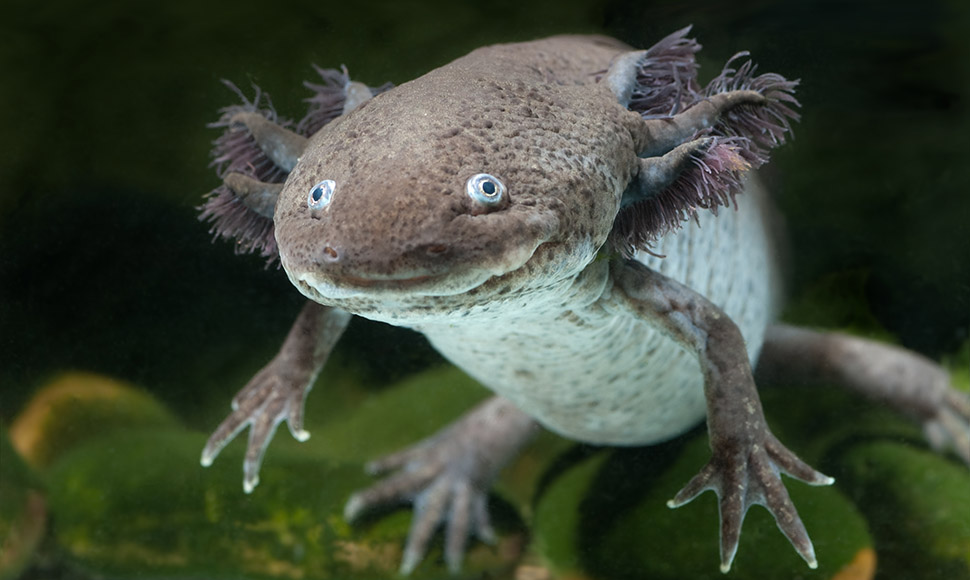
This female wild-type axolotl (Ambystoma mexicanum) is an example of countless amphibians that can be explored in UTA’s Amphibian & Reptile Diversity Research Center library. [Photo: aureapterus/iStock]
ARDRC has named the collection for Joseph Dinardo Jr, an amateur herpetologist and nature enthusiast from Pennsylvania who amassed an enormous collection of literature and reptiles during his lifetime, which now constitutes the bulk of the ARDRC library.
“Uncle Joe lovingly curated this collection over 50 years, and his dying wish was to share it with those who would most appreciate it, furthering their understanding of herpetology and natural sciences,” Dinardo’s niece, Constantina Lavonne Lambrou-Marino, said in a statement
“A lifelong Cowboys fan, he loved Texas, so it feels fitting that his books found a home at UTA,” she added. “My family and I are deeply grateful to Louis Porras, Uncle Joe’s dear friend, who introduced us to Greg Pandelis, and to Greg and his team for their care and respect throughout this monumental process. Nicknamed ‘Lizard Man’ in Vietnam, Uncle Joe was the funniest, smartest person I’ve ever met—and I hope you’ll visit his library and say, ‘Hello.’ We know he would love that.”
World-class herpetology research center
UTA said that the ARDRC is among the top 10 amphibian and reptile collections in the world, with more than 200,000 specimens and rare texts from more than 90 countries. It is open to scientists around the world and is frequently sought after by researchers for herpetological studies.
“Scientists from all over the world will now be able to come and access these rare and important texts, many of which are not available anywhere online,” Pandelis said. “This will complement our already strongly utilized specimen collection. When visiting researchers come to work at the ARDRC on a research project, they will have the entire wealth of literature that has ever been published related to their field right at their fingertips, open-access and free of charge.”
The university said that once a week, on average, a new peer-reviewed publication is released utilizing specimens from the ARDRC collection, including samples of many species that are now extinct.
“We’re enormously grateful to all of the donors, faculty, and students that made this world-class literature resource possible,” Pandelis said. “Most of the individual donations come from former UTA alumni and collaborators are now giving back to the preeminent herpetology program at UTA, where they received their training or worked with our faculty.”
The University of Texas at Arlington is a comprehensive teaching, research, and public service institution dedicated to the advancement of knowledge through scholarship and creative work. It has an enrollment of approximately 41,000 students and is the second-largest institution in the UT System.
The university said its academics and innovative research contributes to its designation as a Carnegie R-1 “Very High Research Activity” institution, a significant milestone of excellence.
Don’t miss what’s next. Subscribe to Dallas Innovates.
Track Dallas-Fort Worth’s business and innovation landscape with our curated news in your inbox Tuesday-Thursday.


